Our hotel was very comfortable and we had south Indian breakfast which consisted of Idlis, Dosa, puri, vada etc. There was huge buffet choice with English varieties as well. We all got on the air conditioned coach to see the city, our guide Kapil gave us brief history of Trivandrum City. Trivandrum is sprawling over seven hills covered with English buildings and local traditional wooden houses with cosmopolitan character and Trivandrum is also the sea side capital of Kerala.
Trivandrum`s other name is Thiru-anantha-puram which means the city Anantha or the abode of the sacred Serpent Anantha on which Lord Vishnu, the preserver of the Hindu trinity reclines. Our first stop was to the Padmanabhaswamy Temple.
Padmanabhaswamy Temple
With a seven storeyed Gopuram ( tower), the Padmanabhaswamy Temple is the most famous historical important landmark of the city with wonderful styles of architecture. This historic building has innumerable stone carvings, ancient inscriptions and colourful murals and there are around 324 pillars in the corridor of this fascinating temple. Only the Hindus are allowed to enter the temple but it is definitely worthwhile to see the Incredibly amazing architectural of the Gopuram from outside, our next stop was to Kuthiramalika Palace Museum which is next to the temple.
Kuthiramalika Palace Museum – Horse Palace
The palace was built by Maharaja Swathi the King of Travancore, who was a great poet, musician, social reformer and statesman, this rare specimen of workmanship in the traditional Travancore style of architecture also has exquisite wood carvings. The name Kuthiramalika means "Palace of the Horses" which is derived from 122 horses that are carved into the wooden wall brackets that support the southern roof. The palace has exquisitely carved wooden ceilings with the bohemian crystal throne and the ivory throne which were magnificent. There is also a collection of swords, muskets, palanquins, marble sculptures, chandeliers, idols and painting of the Maharajas etc.
Some of the oil paintings of the Maharajas and artefacts were bit damaged which was bit sad,
I found that the Kerala architecture was very beautiful and impressive. There are areas within which was used for debates, dances and for meditation, this place offers a direct view of the Padmanabhaswamy temple towers. After lunch we headed to the Kanakakunnu Palace. On our way there we saw religious festival with the locals dancing and there was procession and then they loaded all the temple drama items on the lorry, this was very interesting :)
The Kanakakunnu Palace
The Kanakakunnu palace bears the evidence of the architectural skills that were prevalent during that age which reflects magnificent skill of art. The palace is one of the greatest heritages of the city of Trivandrum. In front of the palace there is huge ground and Napier Museum is next to it.
The Napier Museum –
This houses a rare collection of archaeological and historic artefacts, bronze idols, ancient ornaments, a temple chariot and ivory carvings. The use of plastic is banned in the museum as the indo - Saracen structure boasts a "natural" Air-conditioning system. I found this very fascinating and I could spend hours in here. We were taken to our hotel and after freshening up we all had huge dinner which had many varieties of Indian cuisine. Trivadrum is very rich with its excellent historic monuments and beautiful temples, we had a wonderful day.
Horse Palace, Temples & Museums
Tuesday, December 22, 2009
 Trivandrum, Kerala, India
Trivandrum, Kerala, India
Other Entries
-
1India - Here we come
Dec 211 day prior Trivandrum, Indiaphoto_camera1videocam 0comment 0
Trivandrum, Indiaphoto_camera1videocam 0comment 0 -
2Horse Palace, Temples & Museums
Dec 22 Trivandrum, Indiaphoto_camera13videocam 0comment 0
Trivandrum, Indiaphoto_camera13videocam 0comment 0 -
3India`s Lands End - Unique Sunset
Dec 231 day later Kanyakumari, Indiaphoto_camera37videocam 0comment 0
Kanyakumari, Indiaphoto_camera37videocam 0comment 0 -
4Relaxed & Rejuvenated
Dec 242 days later Kovalam, Indiaphoto_camera12videocam 0comment 0
Kovalam, Indiaphoto_camera12videocam 0comment 0 -
5Coconuts & Mangoes
Dec 253 days later Kottayam, Indiaphoto_camera8videocam 0comment 0
Kottayam, Indiaphoto_camera8videocam 0comment 0 -
6Back water - Venice of the East.
Dec 275 days later Kumarakom, Indiaphoto_camera51videocam 0comment 0
Kumarakom, Indiaphoto_camera51videocam 0comment 0 -
7Chinese Net & Kathakali
Jan 0110 days later Kochi, Indiaphoto_camera13videocam 0comment 0
Kochi, Indiaphoto_camera13videocam 0comment 0 -
8My Cuppa Tea !!
Jan 0312 days later Munnar, Indiaphoto_camera54videocam 0comment 0
Munnar, Indiaphoto_camera54videocam 0comment 0 -
9Fruit and Spice - Yummy !!!
Jan 0514 days later Kumily, Indiaphoto_camera37videocam 0comment 0
Kumily, Indiaphoto_camera37videocam 0comment 0 -
10Herds of Elephants, Butterflies & Beautiful Birds
Jan 0615 days later Periyar, Indiaphoto_camera56videocam 0comment 0
Periyar, Indiaphoto_camera56videocam 0comment 0 -
11Meenakshi temple: The Stunning Temple
Jan 0817 days later Madurai, Indiaphoto_camera9videocam 0comment 0
Madurai, Indiaphoto_camera9videocam 0comment 0 -
12Big Temple & Horse Dance
Jan 1019 days later Thanjavur, Indiaphoto_camera6videocam 0comment 1
Thanjavur, Indiaphoto_camera6videocam 0comment 1 -
13The French Connection
Jan 1221 days later Pondicherry, Indiaphoto_camera0videocam 0comment 1
Pondicherry, Indiaphoto_camera0videocam 0comment 1 -
14Incredible India
Jan 1322 days later Mahabalipuram, Indiaphoto_camera10videocam 0comment 0
Mahabalipuram, Indiaphoto_camera10videocam 0comment 0 -
15Few tips for Magical India :)
Jan 1423 days later Chennai (Madras), Indiaphoto_camera0videocam 0comment 2
Chennai (Madras), Indiaphoto_camera0videocam 0comment 2 -
16Shopping mall
Jan 1524 days later Chennai (Madras), Indiaphoto_camera2videocam 0comment 2
Chennai (Madras), Indiaphoto_camera2videocam 0comment 2 -
17Gateway to India
Jan 2029 days later Mumbai, Indiaphoto_camera6videocam 0comment 0
Mumbai, Indiaphoto_camera6videocam 0comment 0 -
18Chinese Visas for UK visitors
Oct 05287 days later London, United Kingdomphoto_camera0videocam 0comment 0
London, United Kingdomphoto_camera0videocam 0comment 0 -
19Mutianyu great wall and the Valleys
Nov 05318 days later Beijing, Chinaphoto_camera11videocam 0comment 7
Beijing, Chinaphoto_camera11videocam 0comment 7 -
20Palaces, Parks, Pergolas, Hutongs and Temples
Nov 06319 days later Beijing, Chinaphoto_camera17videocam 0comment 0
Beijing, Chinaphoto_camera17videocam 0comment 0 -
21Imperial Summer Palace and Adorable Pandas !!!
Nov 07320 days later Beijing, Chinaphoto_camera8videocam 0comment 0
Beijing, Chinaphoto_camera8videocam 0comment 0

 Trivandrum, Kerala, India
Trivandrum, Kerala, India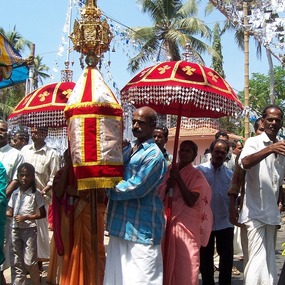



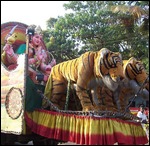
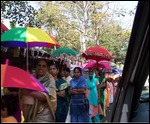
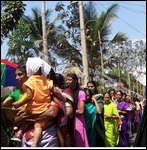
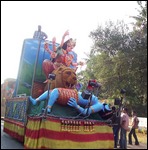

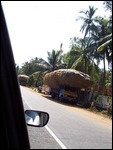
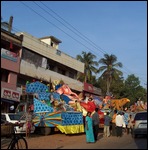
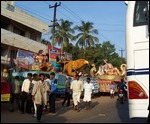
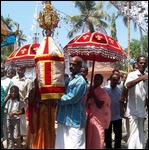
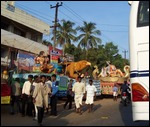
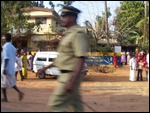
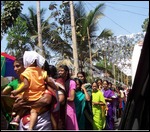
2025-05-22